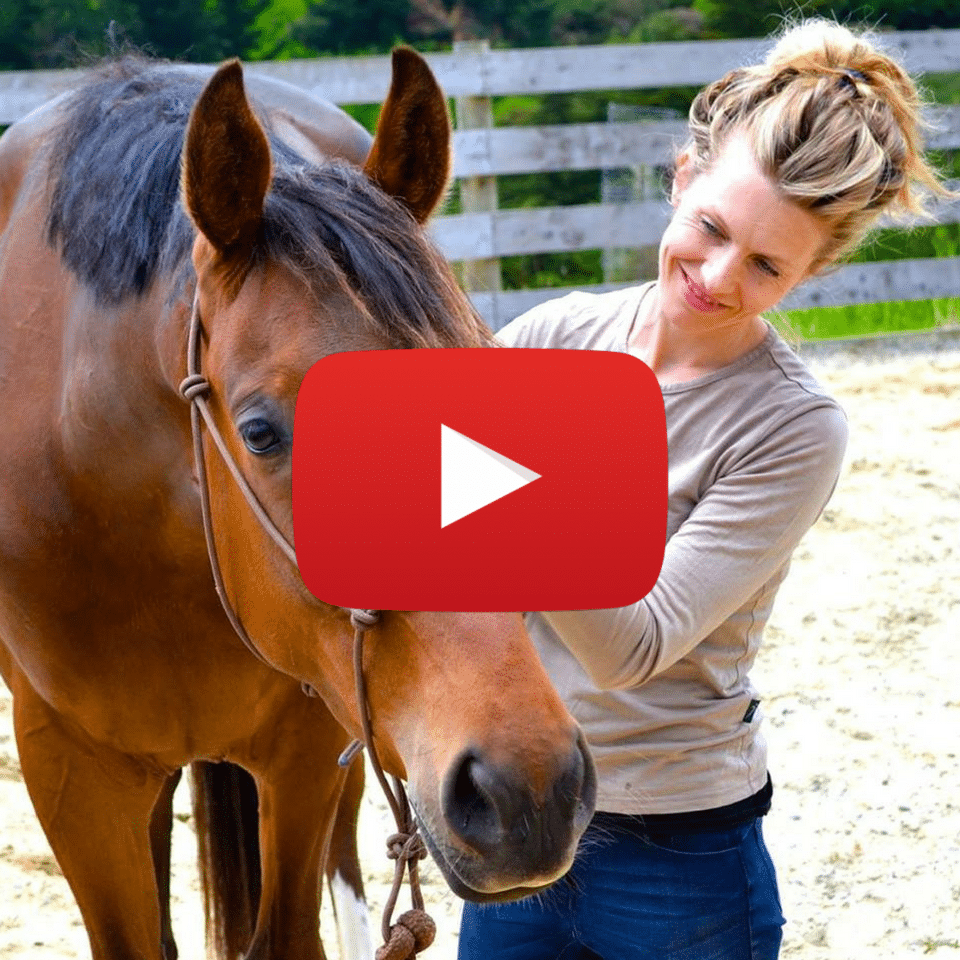Look up!
Many of us consider posture and position from the viewpoint of the outer tube of the body. For instance, we see or sense that we are leaning forward, and so the most obvious correction is to shift the weight back.
We might notice that the shoulders are rounded and so again, the most obvious correction is to draw the shoulder blades back and together.
Or we realise that we are looking down and so we reposition our gaze to look up.
All of the above involves manipulating or changing the position of the body somehow so that it fits the outer form of how we should look when we are in “good posture” and where we “should” be looking when our structure and frame is open.
The problem is this approach ignores some fundamental principles:
- Why the brain has chosen to position the body like this in the first place
- That posture and where and how the structure of the body moves at any one moment in time is unconsciously controlled
- The body functions in relationship
Let’s use our eyes and our gaze as our focus point for today. The eye socket and the eyeball function differently between the parasympathetic and the sympathetic (or survival) nervous systems. In the parasympathetic, the socket itself is oriented closer to the outside of the skull and higher up, so that your natural gaze would lie in line with the top of your ears, and your focus generally would include a wide range of peripheral vision.
In this state, the eyeball itself orients medially to the socket, and it’s the socket that moves rather than the eyeball. Fascinatingly, our eye socket position is more like that of a horse- oriented more to the 45 degrees- which allows for an open and direct line of the optic nerve travelling to the brain.
In the sympathetic, these relationships begin to change, which naturally means that the relationship of all the rest of the bones of the skull change their orientation also. In the sympathetic system, the eye sockets rotate in and down. As opposed to the sockets moving in the parasympathetic, they now stay more fixed and the eyeball itself starts to move to follow the object of its attention. This, in turn, affects our vestibular system and our posture; the eyeball is attached to the organ bag of fascia and so its orientation affects our body from the top down.
The eye socket also mimics the humeral and femoral sockets, so your shoulders and hips are in direct relationship with your gaze.
At this point, what we need to reiterate is that consciously forcing your head up to look straight again does not change the underlying structures that have chosen this position for your body in the first place; to do so means you will now be creating different points of compression and going to war with yourself as the inner mechanisms and conscious ideas about how you “should” be conflict. And you may have noticed yourself that the adjustments only “work” for as long as you are consciously paying attention; they aren’t corrective.
Considering posture and the body this way is a paradigm shift, and one that can seem somewhat of an enigma. How do we change things if it’s not through conscious control?
The answer lies within the sensory nervous system. Through conscious observation, novel movement and activating the sensory nervous system, we can shift the body out of habitual fight flight patterning and change the way our body moves and holds itself as a result. Not to mention concurrently shifting the mental and emotional patterns that go with it.
This work is the foundation of what I teach; if it’s of interest, check out my membership program. Details below.
Onwards.
❤️ Jane

